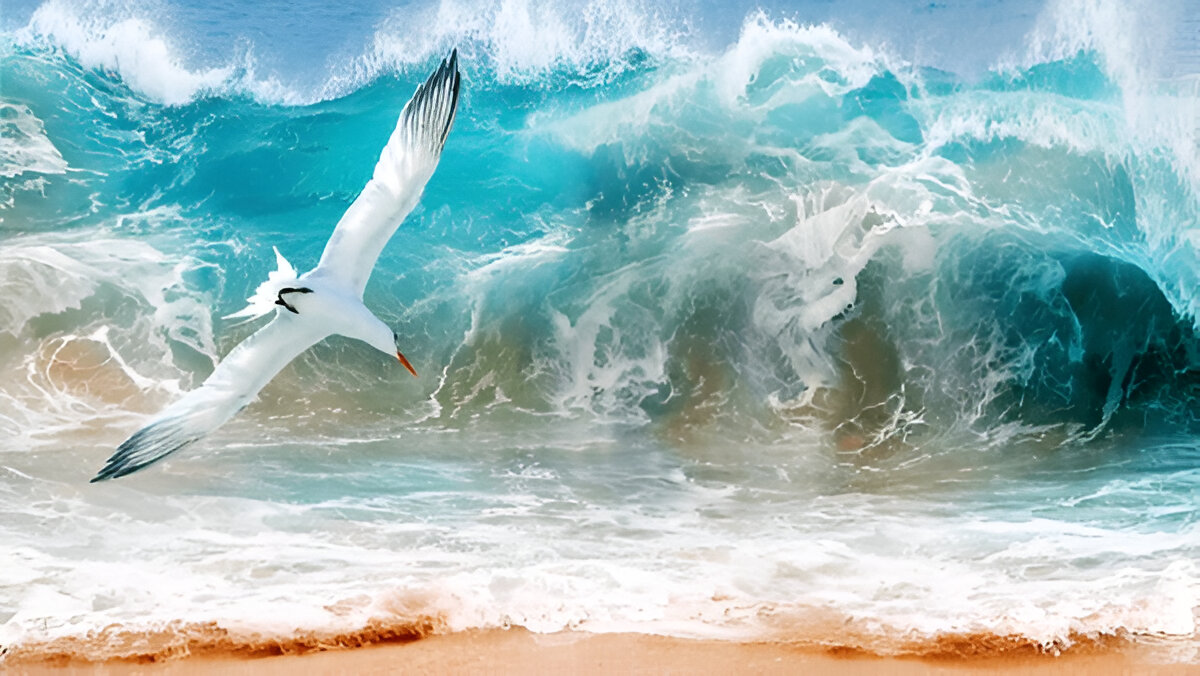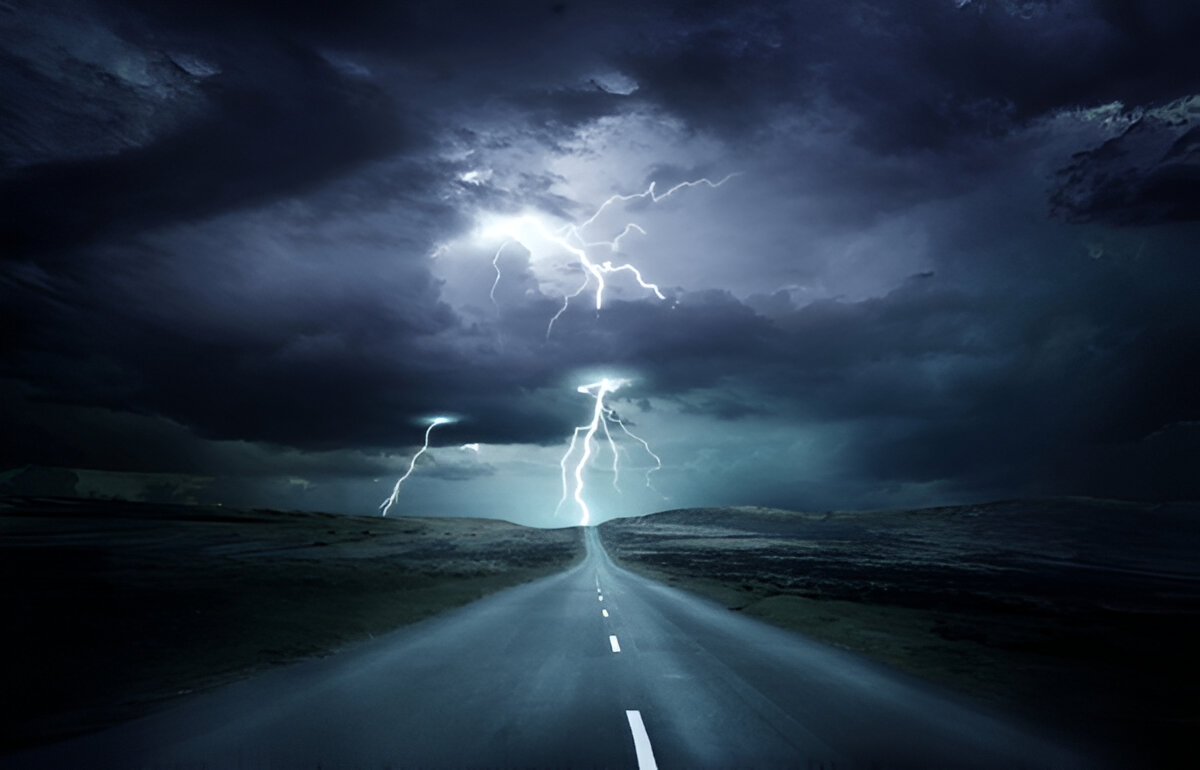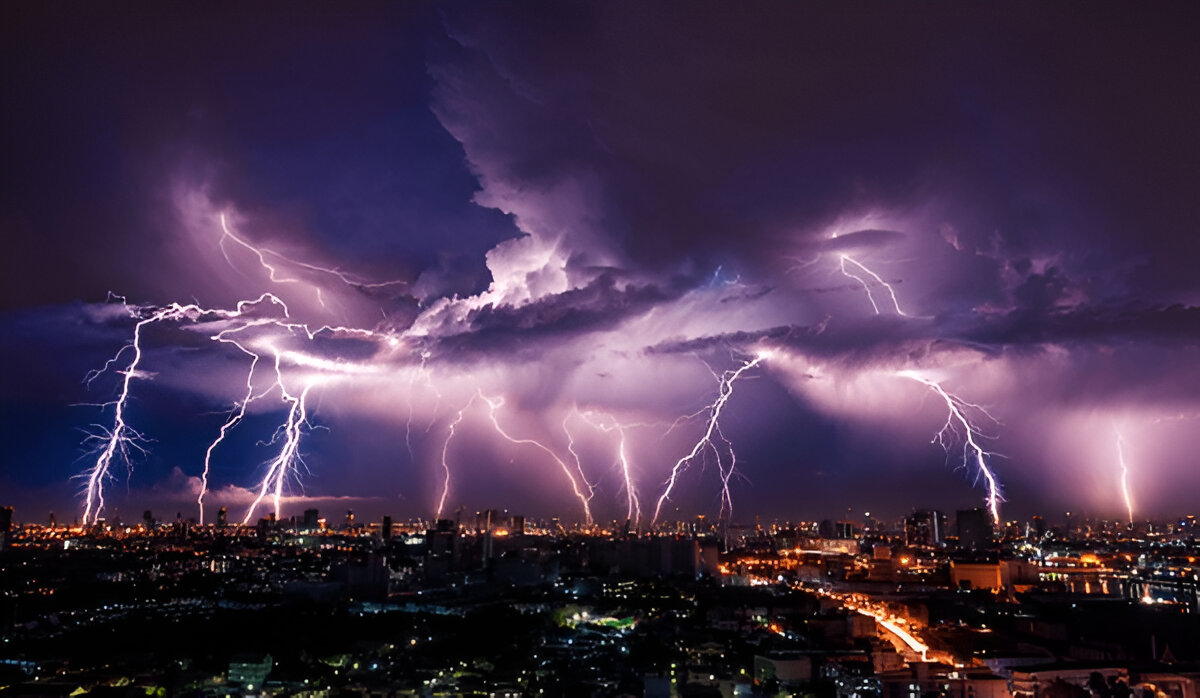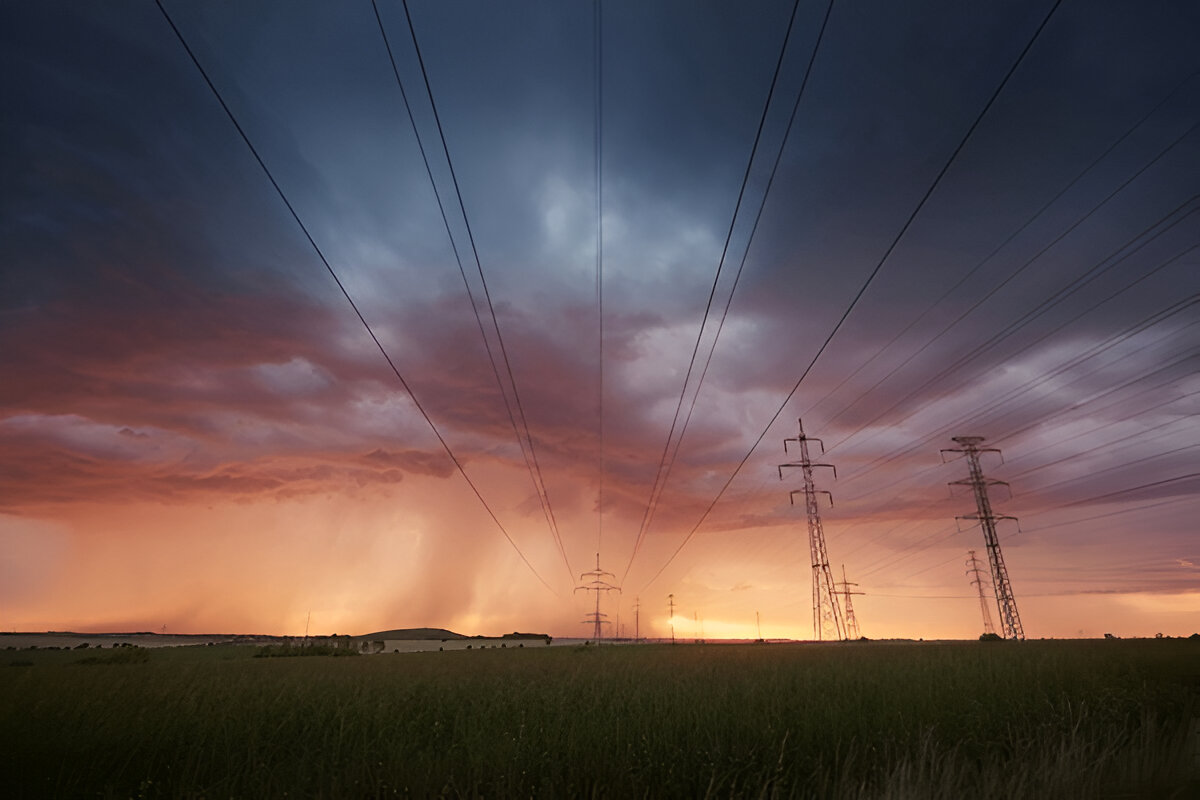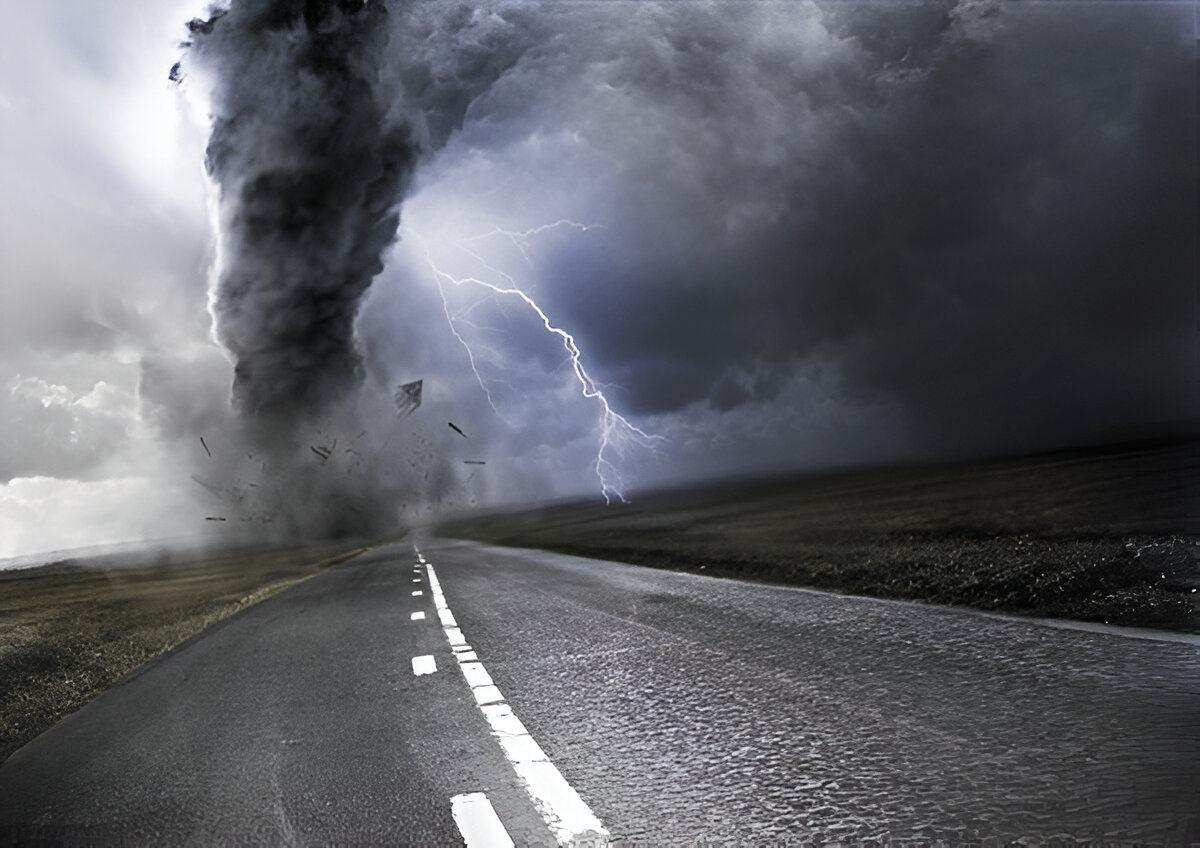
Tornadoes, with their raw power and destructive potential, are one of nature’s most captivating phenomena. For some, the adrenaline rush of chasing tornadoes is an unparalleled thrill, but it requires a deep understanding of the weather, precise planning, and an unwavering respect for safety. In this article, we’ll dive into the world of tornado chasing, exploring the necessary equipment, safety protocols, and the unique experience of following these storms from the frontlines.
The Allure of Tornado Chasing
Tornadoes are unpredictable, dangerous, and awe-inspiring. The chance to witness one up close is a rare privilege, and for many storm chasers, it’s a calling that requires dedication and passion. Tornado chasers are meteorologists, photographers, scientists, or enthusiasts who travel across Tornado Alley (a region in the central U.S. known for frequent tornado activity) to track and document these storms. The goal is often to capture rare footage, study the storm’s behavior, and contribute valuable data to scientific research.
What Does It Take to Chase a Tornado?
Chasing a tornado is not as simple as following storm clouds. It requires a combination of meteorological knowledge, technological tools, and safety training. Here’s a breakdown of what it takes to chase a tornado:
- Meteorological Expertise
Storm chasers need to have a good understanding of weather patterns, particularly those that lead to tornado formation. They monitor storm development through radar, satellite data, and weather models. Chasing a tornado involves being able to predict where one might form and understanding the storm’s rotation patterns. - Safety Gear and Equipment
Chasing tornadoes is dangerous, and safety should always be the top priority. Chasers rely on advanced equipment like:- Radar systems: These help track tornado formation and intensity.
- GPS devices: For navigating remote areas safely.
- Weather balloons and anemometers: To gather data on the storm’s wind speed and atmospheric conditions.
- Protective gear: Helmets, seatbelts, fire extinguishers, and emergency kits are essential to stay safe while in the path of a storm.
- The Right Vehicle
A reliable, sturdy vehicle is crucial for a tornado chase. Many storm chasers opt for 4×4 vehicles with reinforced frames to navigate rough terrain and escape from the path of a storm. Some advanced chasers even equip their vehicles with storm shelters for safety.
How Do Storm Chasers Track Tornadoes?
Chasing tornadoes requires real-time decision-making and adaptability. Chasers rely on multiple tools to track a storm:
- Radar Data: Meteorologists use radar systems to detect rotations within severe thunderstorms, which is key to predicting tornado formation.
- Storm Spotting: Once a tornado forms, chasers move into position by following the storm’s development and adjusting their course based on real-time radar and weather reports.
- Visual Indicators: Tornado chasers use their experience and keen observation to identify early signs of tornado formation, such as dark clouds, rotating storm fronts, and large updrafts.
Safety First: How to Stay Safe While Tornado Chasing
While chasing tornadoes is thrilling, it comes with significant risks. Here’s how storm chasers stay safe:
- Know When to Call It Quits
Storm chasers are trained to recognize when conditions are too dangerous to continue pursuing a tornado. If the storm becomes unpredictable or if conditions worsen, chasers will retreat to a safe distance. - Always Have an Escape Plan
Tornadoes can move quickly, so chasers always have an escape route in mind. In the event of a tornado’s rapid advancement, chasers are prepared to leave the area immediately. - Don’t Get Too Close
It’s tempting to get as close as possible to capture stunning footage, but proximity can be deadly. Chasers maintain a safe distance (at least a few miles) to minimize the risks associated with flying debris and rapidly changing wind speeds. - Monitor Weather Alerts and Warnings
Constantly monitoring weather alerts, tornado warnings, and local advisories is essential to avoid being caught off guard by rapidly developing storms.
Why Do People Chase Tornadoes?
The question often arises: Why chase tornadoes at all? The risks are immense, yet many storm chasers find it to be an incredibly rewarding pursuit. For some, it’s about contributing to meteorological research. The data collected from tornado chases helps improve the understanding of tornado dynamics, leading to better forecasting and early warning systems. For others, it’s the excitement of witnessing a natural spectacle firsthand. There’s a thrill in being part of nature’s most dramatic moments, capturing them on camera, and learning from them.
Conclusion
Tornado chasing is not for the faint of heart. It’s a high-risk, high-reward activity that demands both knowledge and caution. By combining meteorological expertise, advanced equipment, and a strong respect for safety, storm chasers are able to follow the storm without compromising their well-being. Whether you’re looking to capture dramatic footage or contribute valuable scientific data, tornado chasing is an exciting journey into the heart of nature’s most violent phenomena.

